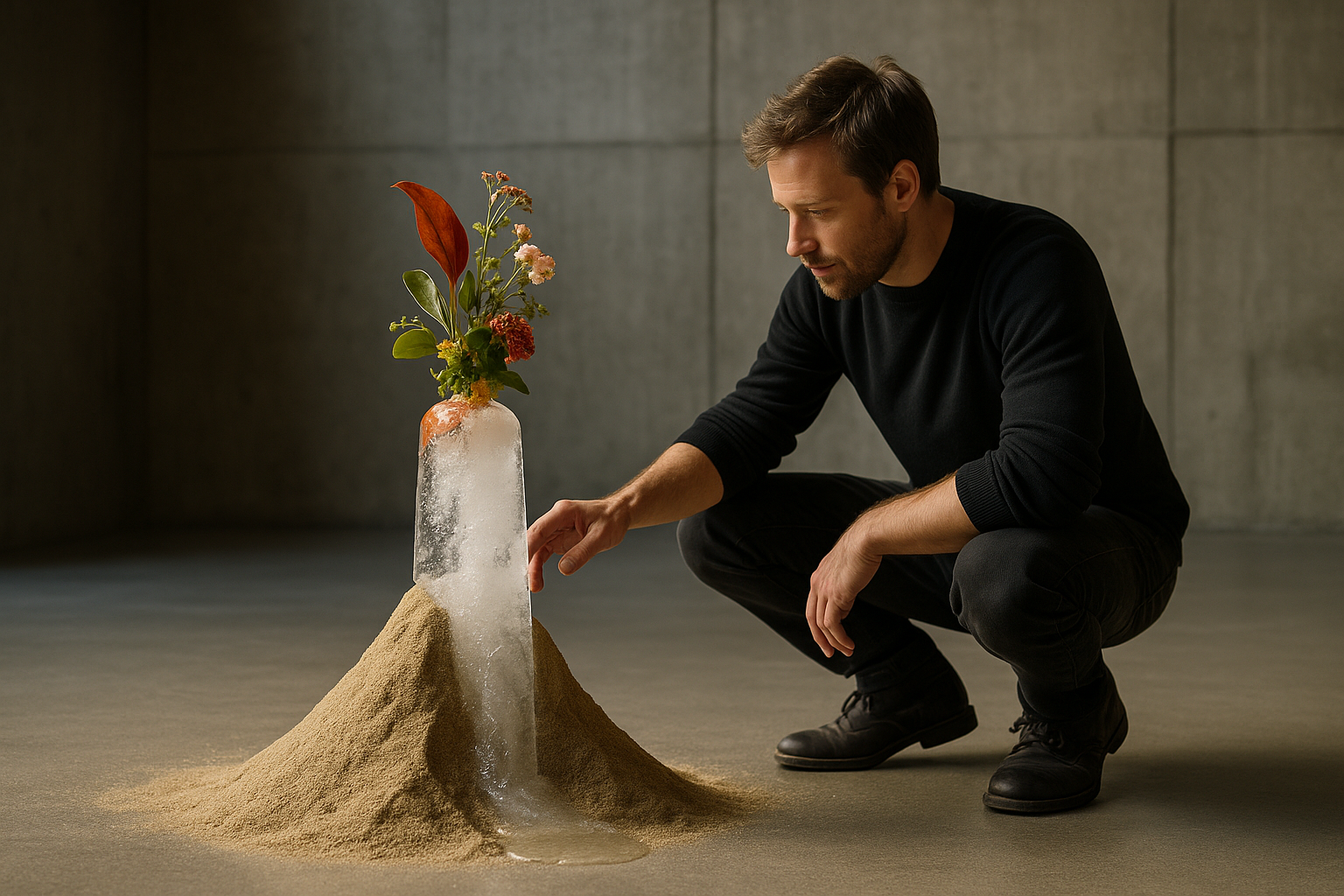"Ephemeral Art: A Fleeting Beauty in the Modern World"
Art, in its numerous forms and manifestations, has always sought to transcend time, to leave a lasting imprint on the world. Yet, a growing trend in the arts and entertainment industry is challenging this traditional perspective: Ephemeral Art. This emerging art form, characterized by its temporary nature and fleeting existence, is offering a fresh perspective on artistic expression and the appreciation of beauty.

The Genesis of Ephemeral Art
Ephemeral Art, although seemingly a new trend, has its roots deeply embedded in ancient practices. Indigenous cultures have long used natural materials to create temporary artworks, understanding that their creations’ lifespan was intrinsically linked to the natural world’s cycle. In the modern context, Ephemeral Art became notable in the 1960s and 1970s, coinciding with the rise of conceptual art and performance art.
The Characteristics of Ephemeral Art
The defining feature of Ephemeral Art is its transitory nature. These artworks are not designed to last; instead, they exist for a brief moment in time. The materials used often contribute to the work’s ephemeral quality—ice, sand, and even food are frequently chosen. The environment also plays a crucial role, with many artworks designed to interact with their surroundings and be gradually transformed by natural elements.
Ephemeral Art in the Contemporary Scene
Today, Ephemeral Art is gaining momentum in the contemporary art world, with numerous artists embracing its principles. Recent notable examples include the ice sculptures of Andy Goldsworthy, the sand drawings of Jim Denevan, and the food installations of Rirkrit Tiravanija. These works, though temporary, leave a lasting impact on their audience, often captured and disseminated through digital media.
The Impact and Significance of Ephemeral Art
Ephemeral Art challenges our conventional understanding of art’s value and purpose. By embracing transience, it forces us to appreciate the beauty of the moment and confront our often discomforting feelings towards impermanence. Moreover, its inherent eco-friendliness offers a compelling solution to the art world’s increasing concerns about sustainability.
Ephemeral Art: A Paradigm Shift in Artistic Expression
In conclusion, Ephemeral Art represents a significant paradigm shift in the art world, urging us to question our traditional notions of artistic value and permanence. As we continue to navigate the complexities of the 21st century, it is likely that this ephemeral, fleeting form of art will continue to gain traction, challenging our perceptions and offering fresh perspectives on the role of art in society.





